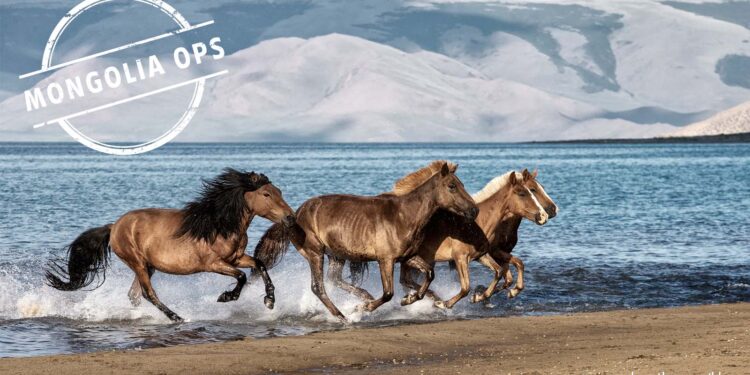Business Aircraft Ops to Mongolia – Part 1: Operating Tips

This business aviation blog post is part of a series on operations to Mongolia.
Mongolia is a land locked country in east-central Asia, bordered by Russia to the north and China to the south. Today, Mongolia is a routine overflight transit route for general aviation (GA) operating between eastern Asia and Europe. While Mongolia is a generally straight-forward and welcoming operating environment it’s important to be aware of lead time requirements for permits ground handling and fuel uplifts.
The following is an overview on what you need to know:
1. Primary destinations
There are two primary destinations for GA operators to Mongolia – Ulaanbaatar (ZMUB) and Choibalsan (ZMCD). Ulaanbaatar is the capital and largest city in Mongolia. Choibalsan, a much smaller city is located 366 miles to the east of Ulaanbaatar. Both of these locations are airports of entry (AOEs) with full aircraft service and fuel availability. Airport slots are not needed for either airport. Be mindful, however, that handling services must be requested in advance. This is so that arrangements can be coordinated and airport services and customs, immigration, and quarantine (CIQ) clearance is expedited. If sufficient notice is not provided, availability and timeliness of ground handling services cannot be guaranteed.
2. Fuel availability
IMPORTANT: The only jet fuel type offered is TS-1 and not Jet A-1. Do not uplift fuel without verifying that your aircraft can take TS-1.
Be mindful that 72 hours advance notice is needed when scheduling fuel uplifts in Mongolia. Note that Chinese “B” registered aircraft are not permitted to obtain fuel in Mongolia via any fuel reseller. These operators must deal directly with an in-country fuel supplier. This restriction does not apply, however, to Hong Kong, Macau or Taiwan registered aircraft, and these operators may obtain fuel via any fuel reseller of their choice.
3. CIQ information
Be aware that CIQ clearance for charter (non-scheduled commercial) flights always requires pre-arrangement. For nationalities that need visas, they must be set up prior to arrival with the immigration office, during normal business hours. Note that the immigration office is only staffed Monday-Friday, and they’ll need passport copies along with passport-sized photos, in advance, for each crew and passenger. Your ground handler will assist with these arrangements. For crew or passengers staying in Mongolia more than 30 days it may be necessary to register with the Immigration, Naturalization and Foreign Citizens agency in Ulaanbaatar. This must be done within one week of arrival. Visitors who fail to register and stay in country more than 30 days may be stopped on departure, denied exit and fined.
4. Airway restrictions
Due to airspace congestion, GA flights are not permitted to use FIR waypoints NIXAL and DARNO between 0500-0800 UTC and 1700-2100 UTC daily. It’s important to be mindful of Mongolian airway restrictions as this could affect both your routing and permits, leading to potential operating delays.
5. Navigation charges
Mongolian authorities require GA operators to prepay navigation charges, and payment/credit can be arranged via your 3rd-party provider with advance arrangements.
6. Security concerns
Over recent years there’s been a significant rise in crime within Mongolia, particularly in the capital city of Ulaanbaatar. While most of the risk is petty crime, violent crime has also been on the increase. It’s best not to walk alone in the city after dark. Also, civil protests occur in the capital on occasion. As these protests can become unruly, visitors are advised to avoid any protest venues. Obtaining security briefs, prior to operating to Mongolia, is recommended. The most common crimes against foreigners involve pick pocketing and bag snatching. It’s best to be especially careful when taking public transportation and when in crowded public areas, such as open air markets. In an emergency dial “102” (the equivalent of “911”) or “103” in the case of a medical emergency.
Conclusion
When traveling to Mongolia, you will need to consider airway restrictions as it may affect your travel to the country and navigation charges
applicable to your flight. When arriving into the country, be aware of CIQ requirements and visa considerations. Also, it’s important to get security briefings prior to travel to the country, as in recent years there has been an increase in crime.
Questions?
If you have any questions about this article or would like assistance planning your next trip to Mongolia, contact me at toddcarter@univ-wea.com.
Stay tunes for Part 2, which covers permit information for operations to Mongolia.




